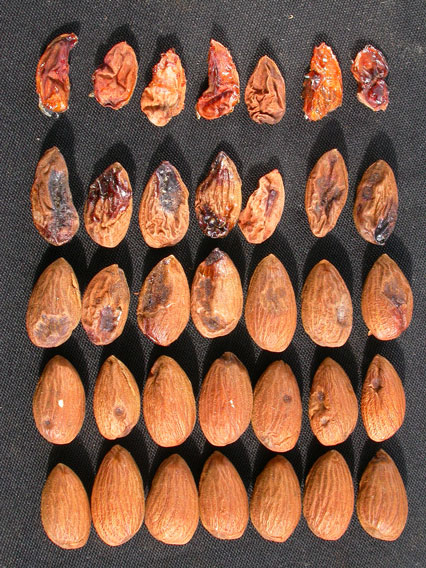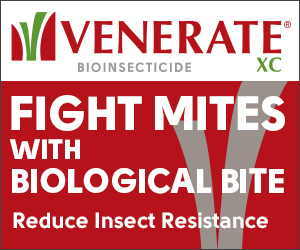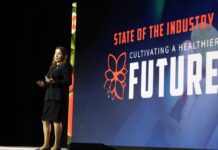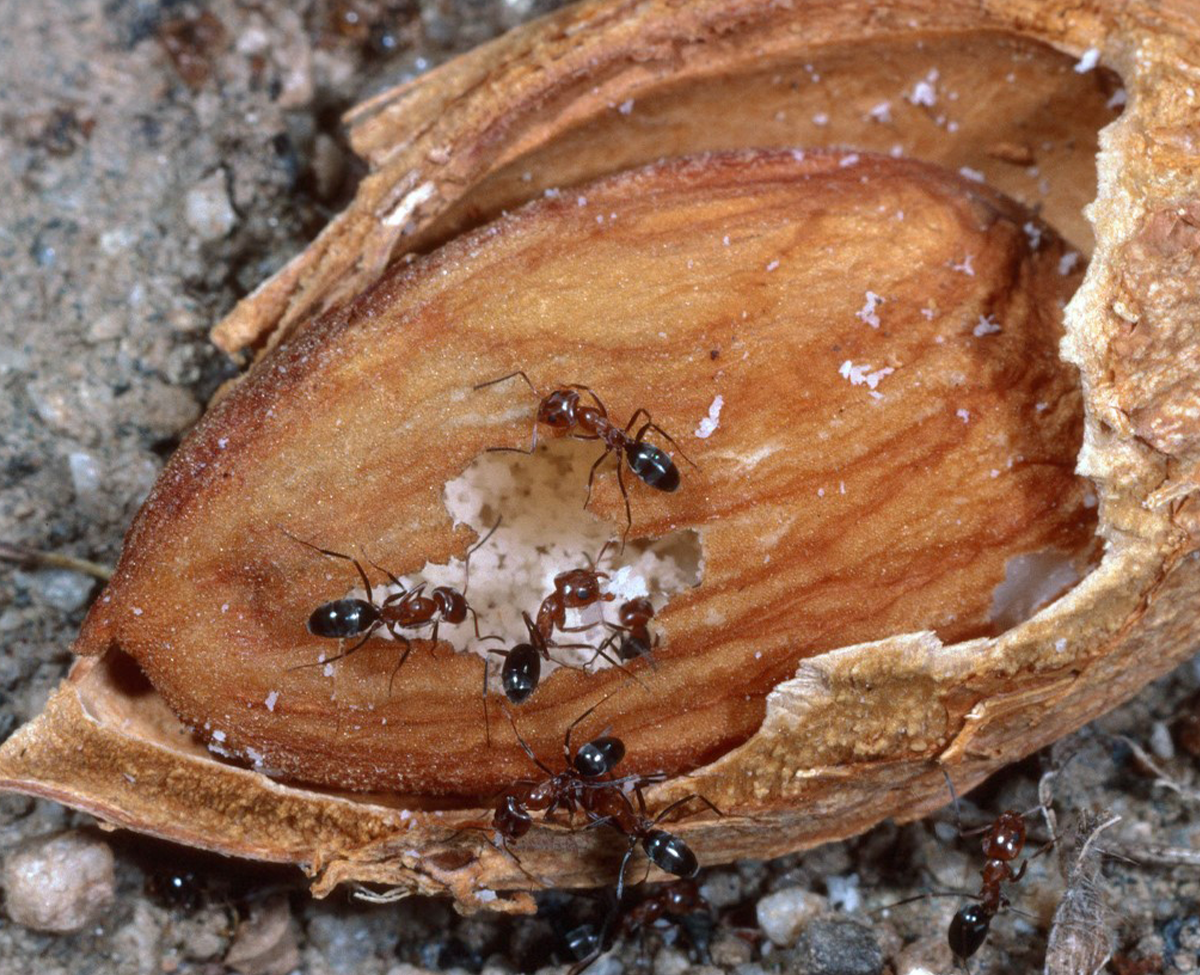
Harvest sampling provides an opportunity to evaluate integrated pest management programs and determine just where improvements can be made.
Drew Wolter, Almond Board of California’s senior specialist in pest management, noted that postharvest is the time to assess strengths and weaknesses of pest control efforts over the past year and make needed changes.
Relying on grade sheets from the processor to make management decisions won’t give the complete picture of pest damage in individual orchard blocks. Taking samples will allow identification of which pest caused the crop damage. Efficacy of pest control materials applied, application timing and success of monitoring programs can also be revealed through harvest sampling.
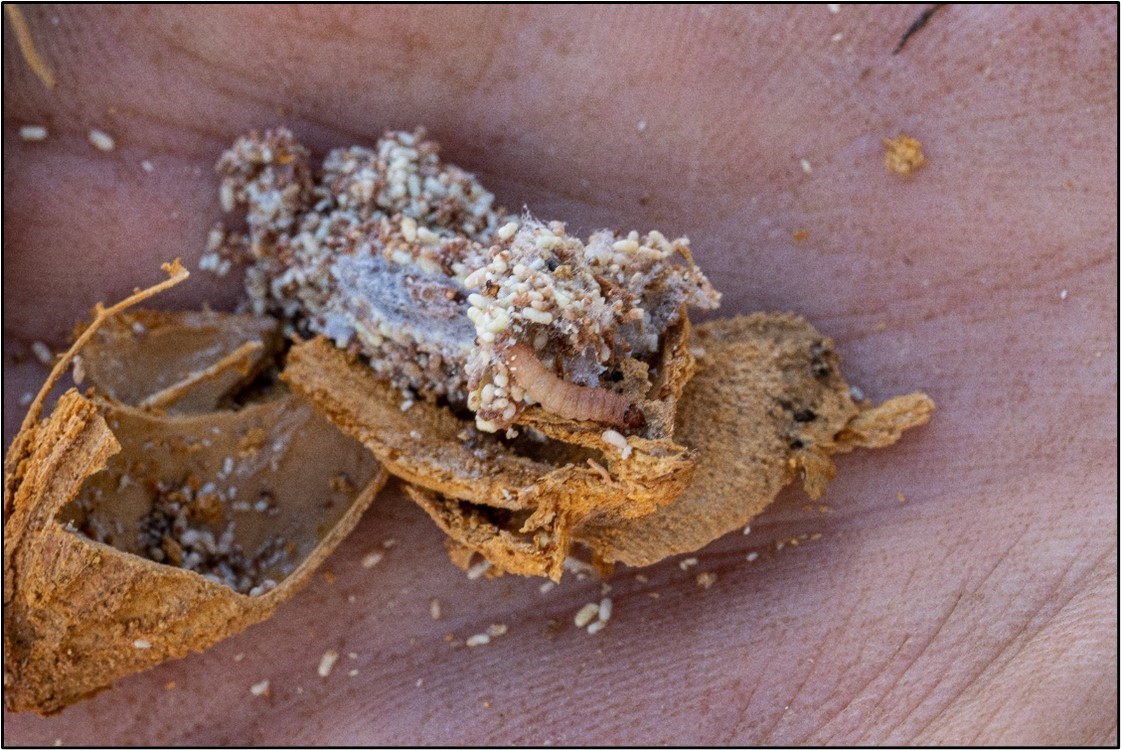
Wolter said the information supplied by the sampling could help build accurate records for each orchard block that can be compared year over year. Trends, including where pest infestations are originating or perennial orchard hot spots, can be noted. A clear understanding of an orchard’s specific patterns and pressure allows for adaptation of pest management programs.
UC IPM harvest sampling guidelines suggest 500 nuts from each block as a sample. This number can be adjusted based on orchard size, layout and pest pressure. The goal should be obtaining a representative sample. Nuts should be shelled and the kernels inspected for damage. Waiting until harvest is complete to check samples is fine as long as they are stored in a cool location.
More precise information from blocks with higher pest pressure can be done with samples taken from smaller areas with the tree rows noted for identification.
Damage by navel orangeworm (NOW), ant, peach twig borer, leaffooted bug and brown marmorated stink bug feeding can be identified as follows: NOW feeding creates deep tunnels throughout the kernel. Key signs of NOW are white frass and webbing on the kernel. The UC guidelines note that peach twig borer often infests the same nut, but NOW bores into the nut and masks damage created by PTB. Ant feeding will cause shriveled kernels, sanded or stripped kernel skins, sawdust-like residue without presence of white frass, and webbing. In case of severe ant damage, only the pellicle will remain as ants consume the nut meat. Pitting, stippling and dark necrotic tissue are signs of leaffooted bug or BMSB feeding. BMSB can feed later in the growing season, creating black necrotic tissue on the kernel that appears sunken.
